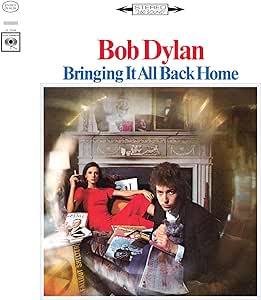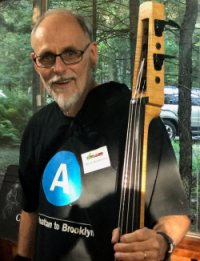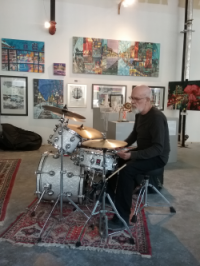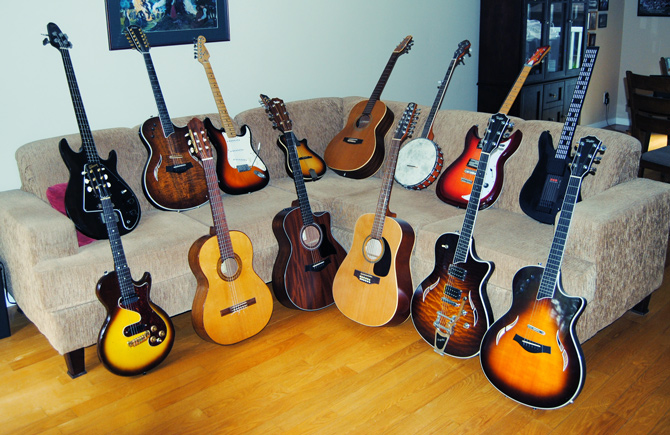On the first half of the album, Dylan is backed by an electric band – a move that alienated him from some of his peers in the folk music community, as well as many fans. The second half of the album contains songs played with his more familiar folk instrumentation. Lyrically, the album is a sharp deviation from his early days and brings to the forefront Dylan’s exploding consciousness at that time, often associated to the use of hallucinogenic drugs.
Much speculation has surrounded who or what is the “Baby Blue” that the song bids farewell to. Coming as it does on the very last track of the album, Dylan’s farewell is so unapologetic and brutally final that it felt, at that time, like he was bidding farewell to an era. And perhaps he was.In a mesmerizing sequence of how the creative process sometimes works, Willie Dixon (1915-1992), who acted as producer, talent scout, session musician and staff songwriter for Chess Records, started things off with his magnificent composition “Hoochie Coochie Man”, first recorded by Muddy Waters (1913-1983) in 1954. This recording in turn inspired Bo Diddley (1928-2008) to write and record his blues standard “I’m A Man” in 1955. The same year, Muddy answered Bo with his recording of “Mannish Boy.” All three of these very similar blues songs and their magnificent beat inspired rock ‘n roller Gene Vincent (1935-1971) to write and record his song “Baby Blue” in 1958, which in turn inspired Dylan as he was writing “It’s All Over Now, Baby Blue” in 1964. What a journey!
Dylan later described the writing of his song by saying “I had carried that song around in my head for a long time and I remember that when I was writing it, I’d remembered a Gene Vincent song. It had always been one of my favorites, Baby Blue… ‘When first I met my baby/She said how do you do/She looked into my eyes and said/My name is Baby Blue.’ It was one of the songs I used to sing back in high school. Of course, I was singing about a different Baby Blue.”Here is a priceless live clip of Gene Vincent and his band The Blue Caps playing “Baby Blue” in 1958. The Blue Caps featured guitarist Cliff Gallup, one of the more influential instrumentalists of the 1950s.
https://www.youtube.com/watch?v=YOJrvMN0VK0
After the release of “Bringing It All Back Home”, many artists followed Dylan’s path by fusing folk music with rock instrumentation, most notably The Byrds, Simon and Garfunkel and Gordon Lightfoot. In the process, they created a genre that would later be labeled as “folk-rock” music.
I’m lucky to be able to rely on the talent and professionalism of Roch Tassé and Alrick Huebener when recording several of my projects. I’ve known Roch since we were teenagers and he even played on my first recordings in the 1970s. Alrick has contributed his wonderful upright bass on several of my recordings for over six years.
Richard Séguin – voice, MIDI programming (electric piano)
Alrick Huebener – upright bass
Roch Tassé – drums
To hear the song, click on the title below.
Copyright Disclaimer under Section 107 of the Copyright Act 1976 : allowance is made for « fair use » for purposes such as criticism, comment, news reporting, teaching, scholarship, education and research.



